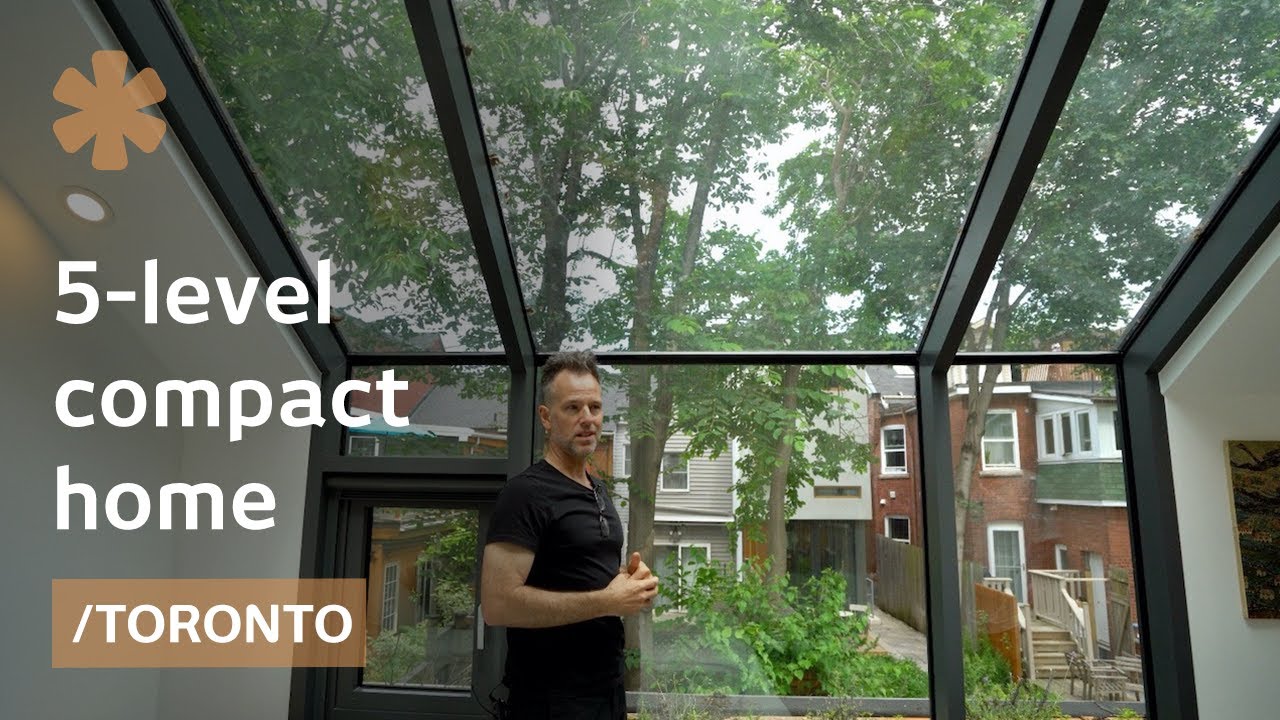Alleyway home in Toronto makes room splitting into 5 levels

In a city where real estate prices continue to skyrocket, homeowners are getting creative with their living spaces.
One such example is an alleyway home in Toronto that has been transformed into a unique living space split into five levels.
Located in a quiet alleyway in a bustling neighborhood, this home stands out with its unconventional design.
The narrow structure of the building meant that traditional layouts wouldn’t work, so the owners decided to split the home into multiple levels to maximize space.
The ground floor is the main living area, with a cozy living room and kitchen that opens to a small patio. The second level houses a bedroom and bathroom, while the third is a small office space. The fourth level is a spacious master bedroom with a walk-in closet, and the fifth level is a rooftop terrace with stunning views of the city skyline.
Using levels instead of traditional rooms gives the home a sense of openness and fluidity. Each level has its own purpose and feels like a separate room, yet the overall design creates a cohesive living space that flows seamlessly from one level to the next.
Despite its narrow footprint, the home feels airy and spacious thanks to the clever use of natural light and smart storage solutions. Skylights and large windows flood the space with light, while built-in shelves and cabinets provide ample storage without taking up precious floor space.
The unique design of this alleyway home has caught the attention of architecture enthusiasts and homeowners alike. It is a prime example of how creativity and ingenuity can transform even the most challenging living spaces into functional and beautiful homes.
As Toronto continues to experience a housing crisis, innovative solutions like this alleyway home offer hope for those looking to make the most of limited space. By thinking outside the box and reimagining traditional layouts, homeowners can create unique, personalized living spaces that suit their needs and lifestyles.









Family of 5 Living Off-Grid | BOAT ACCESS ONLY
This Single Level Tiny House Is Perfect For Disabled & Retirement Aged People
How to Build a Screened In Patio
Bringing Back The World’s Oldest Fermented Beverage
World’s BIGGEST Flowers!